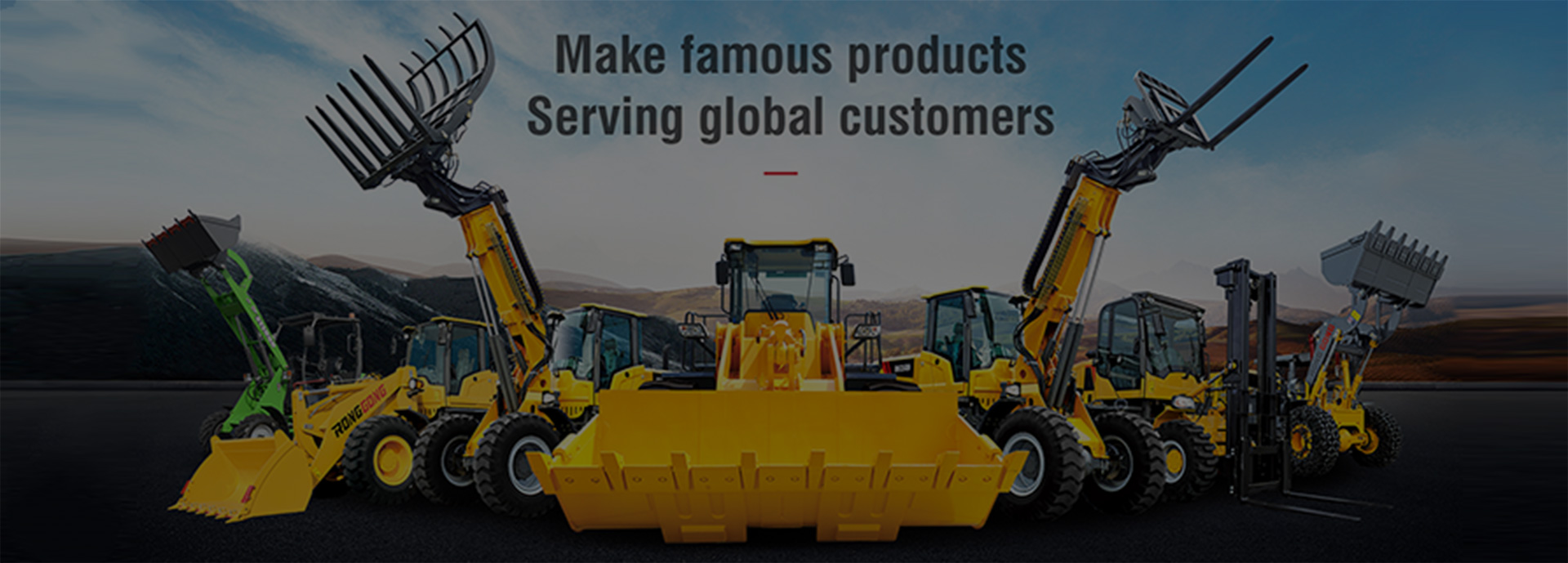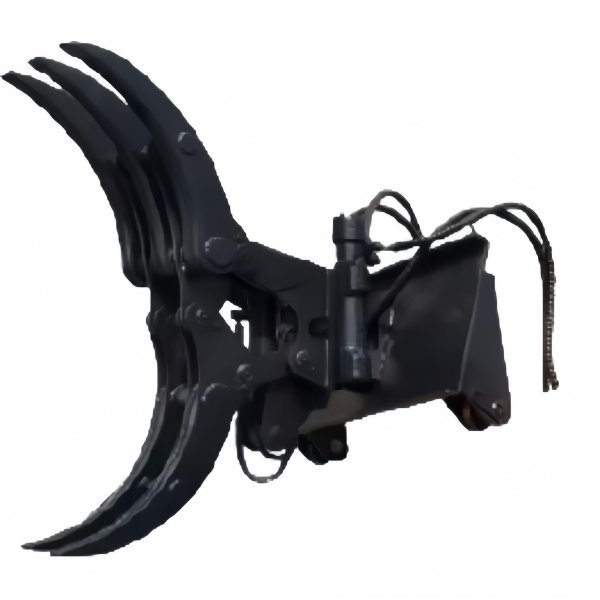Product Information
Core Definition: What is a Rotating Grapple?
A rotating grapple is a hydraulic attachment mounted on an excavator, crane, or backhoe loader. Its core feature is that the grapple can rotate 360° continuously and infinitely, independent of the machine's boom.
It typically consists of two parts:
Rotator: A device integrating a hydraulic motor and precision gears that provides the rotational power.
Grapple: Depending on the task, it can be a plum blossom grapple, shell grab, hydraulic shear, magnetic suction cup, etc.
Core Advantages: Why use it?
Unmatched Efficiency
Reduced Movement: The operator no longer needs to frequently move the entire machine or boom to adjust the material's direction. Simply operate the rotation switch for precise positioning.
Faster Cycles: In applications such as scrap yards and lumberyards, quickly rotating and placing material can significantly reduce single work cycle times.
Highest Precision and Control
Precise Placement: Long materials such as rebar, pipes, and lumber can be precisely positioned without repeated machine adjustments.
Complex Angle Work: During demolition, the shears can be rotated to the optimal angle to cut beams and columns; during cleanup, they can easily extract objects from a cluttered pile.
Enhanced Versatility
Multiple Uses: A single machine equipped with a rotating grapple can perform tasks that would normally require multiple machines or people.
Adaptable to Various Attachments: The rotator is a platform that not only accepts the grapple, but also allows for quick interchange with a variety of other rotating attachments (such as plate compactors, drills, and sweepers).
Improved Safety and Labor Savings
Remote Operation: The operator can perform all complex operations from the cab, eliminating the need for workers to manually adjust hazardous or heavy materials on the ground, significantly reducing the risk of workplace injuries.
Secure grip: The rotation function allows you to grip materials at the optimal angle to prevent them from slipping during handling.


